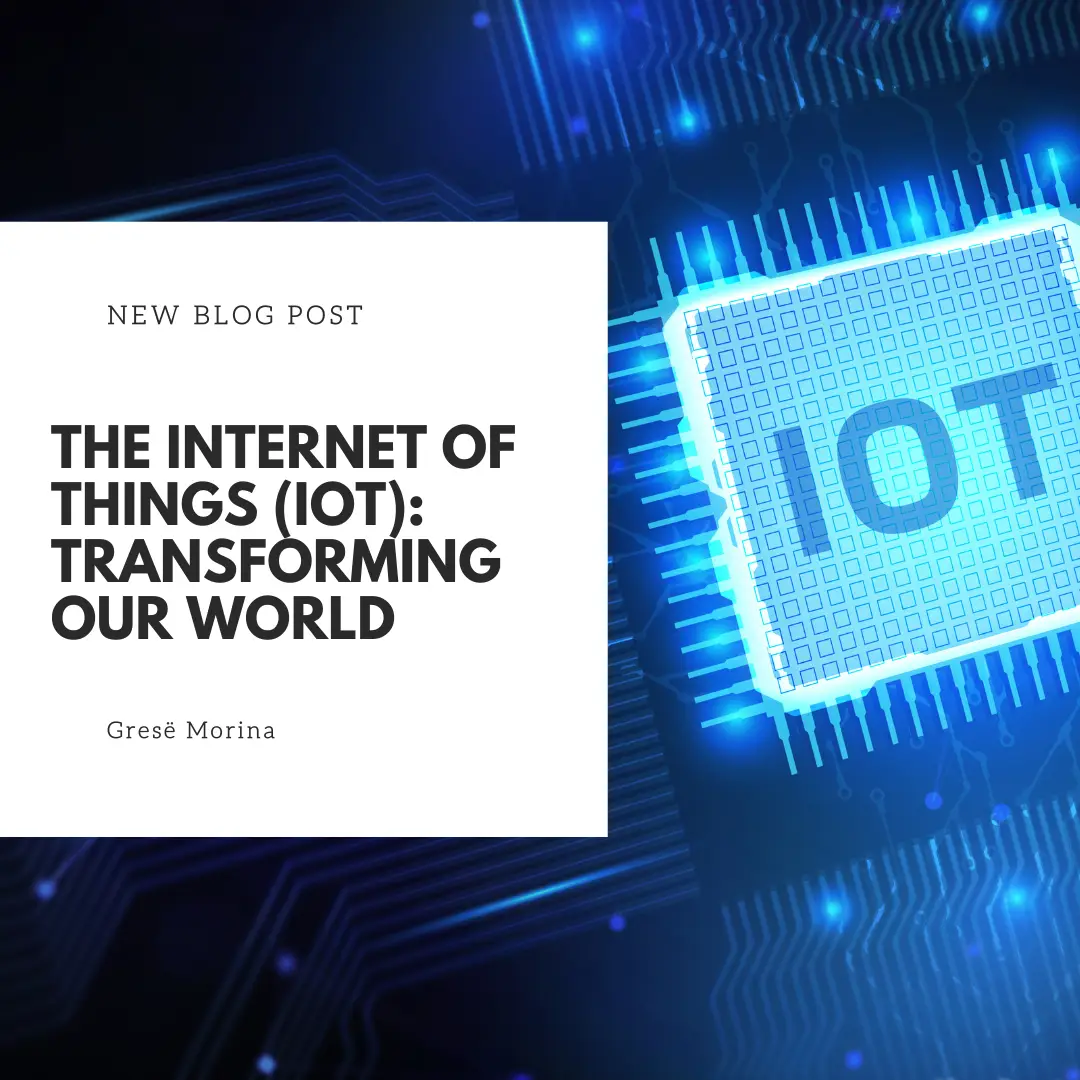
The Internet of Things (IoT) connects everyday devices to the internet, enabling them to communicate and share data. This transformative technology impacts various sectors, from smart homes to industrial applications. In this blog, we’ll explore the key components, benefits, challenges, and future potential of IoT.
What is IoT?
IoT refers to a network of physical devices embedded with sensors and software that collect and exchange data. Key components include:
- Devices/Sensors: Collect environmental data (e.g., smart thermostats, wearable devices).
- Connectivity: Use protocols like Wi-Fi and Bluetooth for data transmission.
- Data Processing: Analyze data either on-device or in the cloud.
- User Interface: Enable user interaction through apps or web interfaces.
Benefits of IoT
- Increased Efficiency: Automates tasks, reducing manual intervention.
- Enhanced Decision-Making: Real-time data supports informed decisions in various industries.
- Improved Quality of Life: Smart home devices enhance convenience and safety.
- New Business Opportunities: Opens avenues for subscription services and data analytics.
Challenges of IoT
- Security Risks: Increased connectivity heightens vulnerability to cyberattacks.
- Interoperability: Diverse devices and platforms complicate compatibility.
- Data Privacy: Collection of personal data raises significant privacy concerns.
- Infrastructure Limitations: Robust internet and cloud infrastructure are necessary for widespread adoption.
Future Potential of IoT
- 5G Connectivity: Faster networks will support more devices and real-time communication.
- Edge Computing: Processing data closer to the source will reduce latency and bandwidth use.
- AI Integration: Combining AI with IoT will enhance decision-making and automation.
- Smart Cities: IoT is vital for developing smart city solutions that improve urban living.
The Internet of Things is revolutionizing how we live and work, offering significant benefits while presenting notable challenges. By addressing security, interoperability, and privacy concerns, businesses can harness IoT’s potential for innovation and growth, paving the way for a more connected future.









